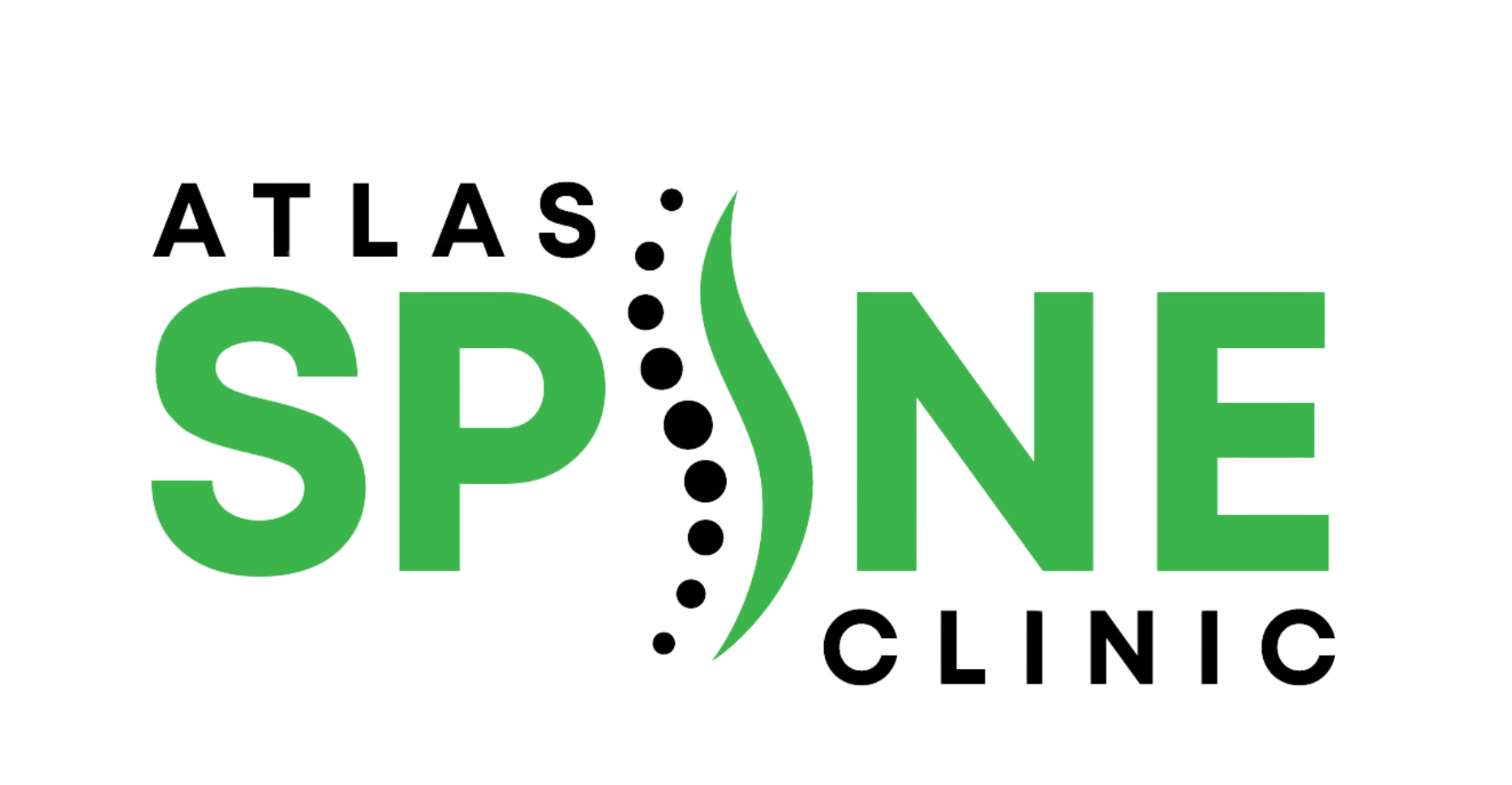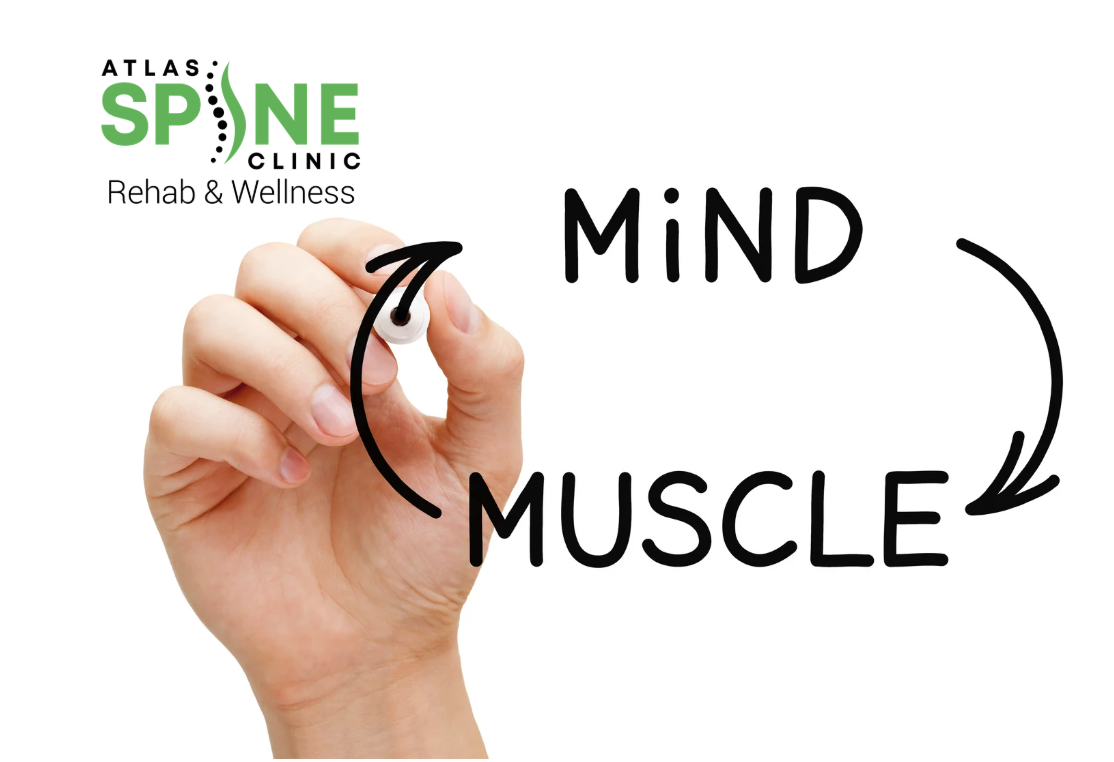When the question hits: physiotherapy vs chiropractic—which one actually works?
It’s not about buzzwords or quick fixes. Physiotherapy helps rebuild how you move. Chiropractic care aims to realign your spine. Both offer real benefits—yet, they’re not the same.
Understanding the Complexity of Back Pain
Back pain isn’t a single condition—it’s a symptom with countless possible causes. That stiffness when you first wake up? The sharp twinge when you lift something improperly? The dull ache that lingers for weeks? Each of these tells a different story.
Common culprits include:
- Muscle strains and ligament sprains (often from overexertion or poor movement patterns)
- Herniated or bulging discs (putting pressure on spinal nerves)
- Arthritic changes (the gradual wear-and-tear of spinal joints)
- Postural stress (from hours spent hunched over screens)
- Nerve compression (like sciatica radiating down the leg)
This complexity is exactly why the physiotherapy vs chiropractic decision matters. Different problems require different solutions, and choosing the right approach from the start can mean the difference between quick recovery and prolonged frustration.
Physiotherapy: The Science of Movement Restoration
Physiotherapists approach lumbar discomfort like detectives solving a movement puzzle. Their process typically involves understanding your body’s mechanics in detail—something that often sets the tone in the physiotherapy vs chiropractic topic.
Comprehensive Assessment
A physio will analyze how you move—walking, bending, twisting—to identify weak links in your kinetic chain. They’ll check muscle imbalances, joint mobility, and movement compensations that contribute to pain.
Active Rehabilitation
Unlike passive treatments, physiotherapy puts you to work through:
- Targeted strengthening exercises for core and postural muscles
- Flexibility routines to restore the normal range of motion
- Functional movement training to correct faulty patterns
- Neuromuscular re-education to improve body awareness
Manual Therapy Techniques
Hands-on methods complement exercises:
- Joint mobilizations (gentler than joint adjustments)
- Soft tissue release for tight muscles and fascia
- Dry needling for stubborn muscle knots
Education and Prevention
A good physio teaches you about your condition and how to prevent recurrence through:
- Ergonomic adjustments for workstations
- Lifestyle modifications
- Self-management strategies
The physiotherapy benefits extend far beyond pain relief—it’s about building a more resilient body.
Chiropractic Care: The Art of Spinal Alignment
Chiropractors view spinal pain through the lens of spinal mechanics and nervous system function. Their approach centers on:
The Adjustment Experience
Chiropractic adjustments apply targeted, controlled pressure to joints to:
- Restore proper movement to restricted spinal segments
- Reduce nerve irritation
- Improve overall spinal function
These techniques range from traditional manual adjustments to specialized tools like the Activator method, all playing a role in natural pain management without relying on medication.
Beyond the Crack
Modern chiropractic care includes:
- Soft tissue therapies for supporting muscles
- Therapeutic modalities like ultrasound or electrical stimulation
- Rehabilitative exercises (though typically less extensive than physio)
- Nutritional and lifestyle counseling
Conditions That Respond Well
These adjustments show particular effectiveness for:
- Acute low back pain episodes
- Neck pain and tension headaches
- Certain types of joint dysfunction
- Some forms of sciatica
The immediate relief many experience after adjustments explains chiropractic’s popularity, but maintenance care remains controversial in the medical community.
Physiotherapy vs. Chiropractic: A Detailed Comparison
When considering physical therapy vs chiropractic, it’s necessary to understand the philosophy, treatment style, and goals of each method.
Philosophical Differences
- Physiotherapy focuses on movement dysfunction and tissue healing
- Chiropractic emphasizes spine alignment and nervous system function
Treatment Duration
- Physio sessions typically last 45–60 minutes
- Chiro visits often run 15–30 minutes
Treatment Frequency
- Physio usually recommends 1–2 visits weekly, reducing gradually
- Chiro may suggest more frequent initial visits
Evidence Base
- Physiotherapy has stronger research support for chronic conditions
- Chiropractic has solid evidence for acute back and neck pain relief
Professional Training
- Physios complete 3–4 year university degrees with clinical rotations
- Chiropractors undergo 4–5 year doctoral programs with adjustment focus
Making the Right Choice for Your Back Pain
When Physiotherapy Shines
Consider physio if you:
- Have chronic pain lasting months or years
- Need injury rehabilitation or post-surgical support
- Experience pain during specific movements
- Want to understand and correct movement flaws
- Prefer an active, exercise-based approach
When Chiropractic Care Excels
Chiropractic may be better when:
- You have sudden, acute back or neck pain
- Your spine feels “locked” or restricted
- You experience relief from previous adjustments
- Your pain seems related to spinal positioning
Combining Both Therapies
Here’s something many folks don’t realize: you don’t have to pick sides.
In the physiotherapy vs chiropractic conversation, there’s a powerful middle ground. Combining both approaches can work wonders. A chiropractor can get your spine moving again, while a physiotherapist can keep it moving properly. This duo tackles both the symptom and the source, making it a solid strategy for lasting pain management.
At Atlas Spine Clinic, we’ve seen first-hand how a combined care model empowers patients to get better, faster. Think of it this way: chiro resets the system, physio programs it to run better.
Real Patient Stories
The Desk Worker’s Transformation
Mark, 42, suffered from chronic low back pain after 15 years at a computer. Three months of physiotherapy strengthened his weak core and glutes while correcting his seated posture. Occasional chiropractic adjustments helped maintain his spinal health during the process.
The Athlete’s Recovery
Sarah, a competitive runner, developed sciatica that threatened her season. Chiropractic care provided immediate pain relief, while physiotherapy corrected her running mechanics and pelvic stability to prevent recurrence.
FAQ
Q. Which treatment is more effective for long-term back pain relief?
It depends on the cause of your back pain. Physiotherapy often leads to better long-term outcomes for chronic issues, while chiropractic care may offer faster relief for acute or alignment-related pain.
Q. Can I combine physiotherapy and chiropractic sessions?
Yes, combining both can be powerful, especially if your pain involves both soft tissue tension and spinal misalignment. Always check with qualified professionals who can work collaboratively.
Q. How quickly will I feel relief from each treatment type?
Chiropractic care often provides immediate relief for some patients. Physiotherapy might take a few sessions, but it leads to more sustainable changes in strength and flexibility.
Q. What are the risks involved with spinal adjustments?
When performed by licensed chiropractors, spinal adjustments are generally safe. However, they might not be suitable for people with osteoporosis, fractures, or certain neurological conditions. Always consult your doctor first.
The Bottom Line
When it comes to physiotherapy vs chiropractic, whether you’re dealing with nagging stiffness or sharp lower back pain, the right kind of care can help you feel like yourself again.
Sometimes it’s about injury rehabilitation, sometimes it’s about improving movement, and sometimes it’s simply about finding the right team to support your healing journey.






